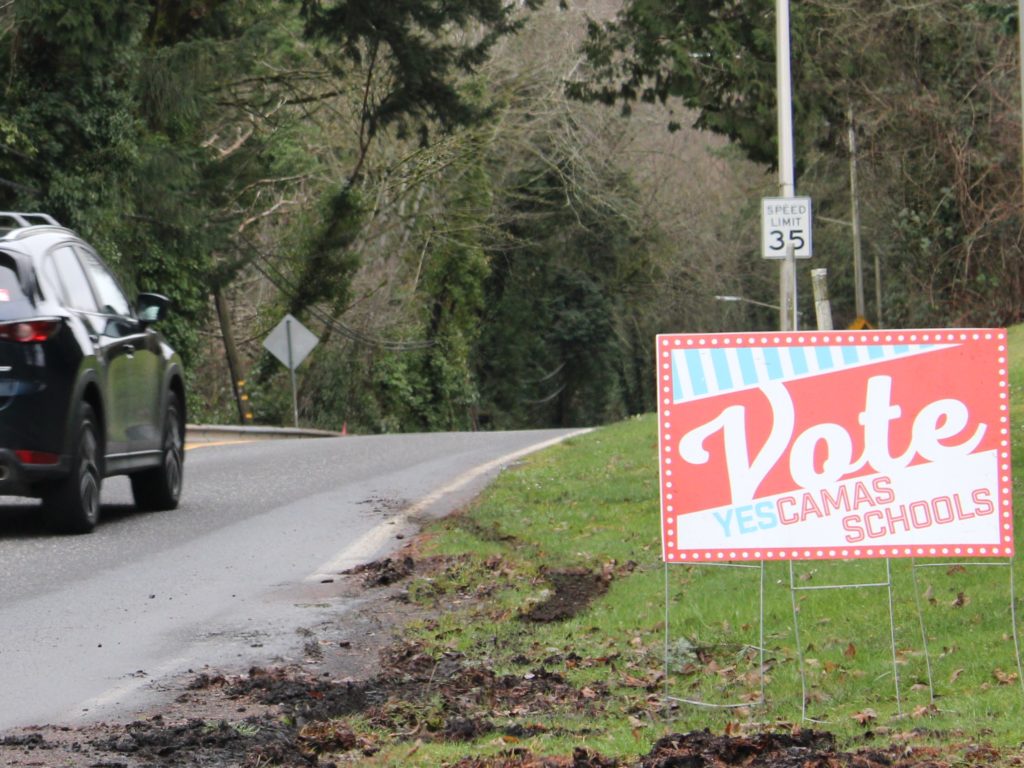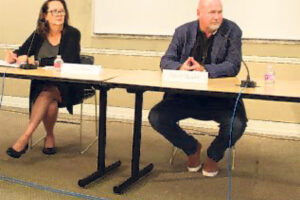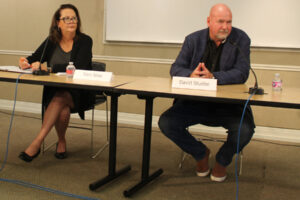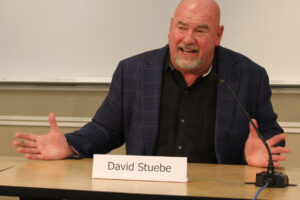Camas School District voters will soon decide the fate of two replacement levies that supplement state and federal funding and account for approximately 15% of the school district’s annual revenues.
Advocates of the levies, which will be decided in the Feb. 13, 2024 Special Election, say voting “yes” on both the educational programs and operations (EP&O) levy and the capital levy for educational technology, health and safety will ensure that Camas students can learn in well-maintained buildings, have access to current technology and receive an education that goes beyond what is funded by the state and other governmental resources.
“Voting ‘yes’ bridges the gap between state and federal funding, which only finances a very generalized, basic K-12 standard, to one which provides an exceptional educational experience for Camas students … (and) ensures Camas schools, classrooms and facilities stay safe, warm and dry,” Patrick Hennessey and Mark Klein, co-chairs of the pro-levy Camas Citizens for Quality Schools (CCQS) group stated in pro-levy statements published in the Clark County Feb. 13, 2024 Special Election voter’s guide.
The levy investments, Hennessey and Klein added, are “reasonable and valuable” and will benefit the entire Camas community.
“Strong schools facilitate strong communities,” Hennessey, who raised two Camas High School graduates with his wife, Connie, a member of the Camas School Board, told The Post-Record this week. “If they have children, people choose where they live based on schools, and companies choose to invest where they know their working families will have good schools.”




